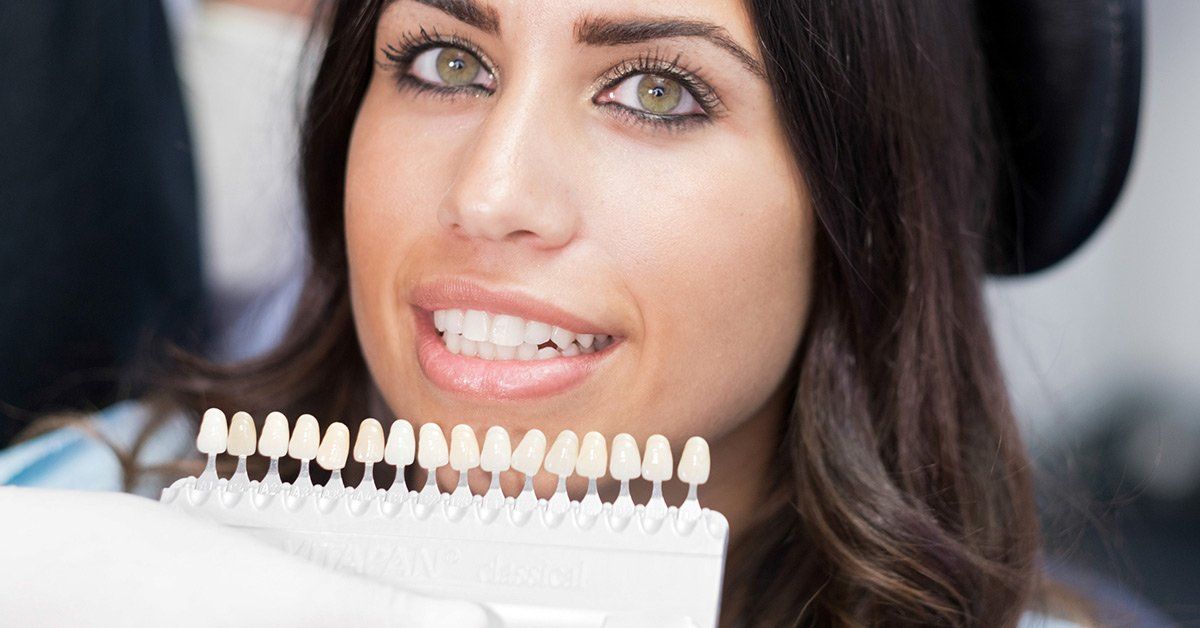Your Guide to Dental Veneers: Everything You Need to Know
Designed to enhance the appearance of your teeth and correct a variety of dental issues, explore everything you need to know about the dental veneers process.
What Are Dental Veneers?
How Do Porcelain and Resin Veneers Differ?
How Do Veneers Work and What Does the Placement Process Entail?
As you search for the best dentist for veneers, it's crucial to consider the technique they use. There are two, including direct and indirect methods. Most composite resin veneers fall under direct, while porcelain involves the latter.
Direct Technique
With the direct technique, your dentist can finish the entire process with a single visit. It involves preparing the tooth by cleaning and etching its surface. The dentist then uses bonding materials to ensure the resin adheres to your tooth.
Etching allows for the microscopic roughening of the surface of the tooth. Don't worry, though, as this won't affect the overall structure of the tooth. Your cosmetic dentist in Honesdale, PA only needs to do this to ensure the proper bonding of the veneer.
After placing the resin veneer, your dentist will then cure it using a special type of light. This triggers the chemicals in the bonding material to activate and harden.
Your dentist completes the process by getting rid of any excess material.
That's it! You can then go back to work, school, or do anything else you need to do for the day.
Indirect Technique
Porcelain veneers use the indirect technique, as a dental laboratory creates the shells. So, during the first visit, your dentist will need to take molds of your teeth before and after filing it.
Filing involves removing a tiny amount of enamel, which is the outermost layer of the teeth. The removed part would only be as thin as your veneers, though.
After the surface preparation, your dentist will place temporary covers on the tooth. The molds will then get sent to the dental laboratory for the fabrication of the veneers. After two to three weeks, your dentist will call you up to complete the process.
What Issues Can Dental Veneers Fix?
Dental veneers are usually enough to restore cracked, chipped, or broken teeth. They can also fix rough spots caused by the wearing of the enamel. If your entire tooth has become worn out, though, you may want to consider getting dental crowns.
Aside from physical damages, here are other problems that veneers can help correct.
Stains and Discoloration
Professional teeth whitening is an excellent way to get rid of stubborn teeth stains. However, if the discoloration is too deep, you may want to go for dental veneers. Since these are covers, they camouflage even the worst teeth stains.
Misshapen Teeth
In some patients, misshapen teeth can take the form of pointed teeth. In others, these problematic teeth are irregular in shape or are smaller than the rest of the teeth. The latter, known as microdontia, affects around 1.5% to 2% of the population.
Veneers can provide a quick solution for such shape- or size-related tooth flaws. Your dentist can mold the shells in such a way that they mimic the same size of the adjacent permanent teeth. This, in turn, makes your teeth uniform not only in shape and size but also in alignment.
Diastemas
A diastema is a small gap between teeth, usually affecting the upper or lower front teeth. While they are not a major health concern, they can lead to unwanted shifting or movement of the teeth. The risks are even higher in patients with spaces between multiple teeth.
When the teeth move a lot, they can become misaligned, which can then result in a bad bite. According to studies, these problems can raise a patient's risks for tooth decay.
Veneers can help "fill" these tiny gaps, as your dentist can use the covers to reshape and resize your teeth.
Dental Veneers for Healthier, More Stunning Smiles
As you can see, dental veneers are an excellent solution for many dental cosmetic flaws. With these, you're sure to smile more, which scientists confirm can really make you happier. Besides, they can help boost the overall strength of your teeth.
Are you interested in knowing more about veneers? If so, then please know that The Complete Health Dentistry of NEPA in Honesdale, PA is happy to help! We offer dental veneers services, as well as other cosmetic dentistry treatments.
Feel free to contact us now to book your virtual dentistry consultation.


